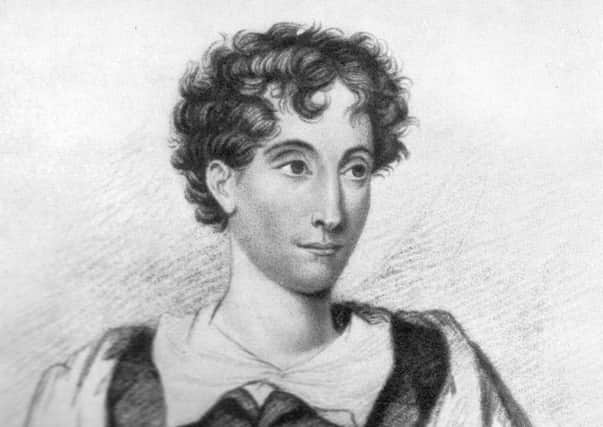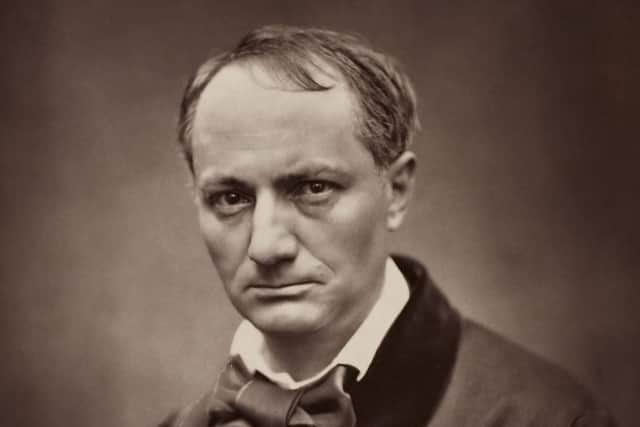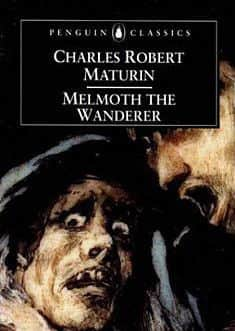Gruesome horror story based on death of a clergyman who loved the Giant’s Causeway


Today, a regular Roamer-contributor (who prefers to remain anonymous) shares another rather gruesome story from the same county.
In Londonderry’s St Columb’s Cathedral there’s a memorial tablet that commemorates the life of the Reverend William Hamilton – a noted naturalist, whose writings on the Giant’s Causeway were highly regarded.
Advertisement
Hide AdAdvertisement
Hide AdHowever, it was his involvement in the political turmoil of the time, and the grisly nature of his death, that led to his posthumous fame.


Buried in the same grave as his father John Hamilton, who died on August 9, 1780, the writing on the tombstone reads: “Rev William Hamilton, D D Late Rector of Clondavadoch, in the County of Donegal, formerly fellow of Trinity College, Dublin. The cause of religion has to lament the loss of one of its ablest advocates; virtue one of its best supporters and learning one of its brightest ornaments. He was assassinated at the house of Dr Waller, at Sharon, on the 2nd March 1797, where he fell victim to the brutal fury of an armed banditti in the 40th year of his age. His acquirements as a scholar, equally solid and refined, are duly appreciated in the world of letters; whilst the sacred remembrance of his virtues is enshrined in the hearts of all who knew him.”
Hamilton was targeted for death while on duty in his capacity as Local Magistrate in Co Donegal.
Ulster in 1797, like much of Ireland, was in ferment and insurrection was being planned.
Advertisement
Hide AdAdvertisement
Hide AdAfter Hamilton detained a number of republican leaders in January 1797, in revenge 800 United Irishmen laid siege to his home in an attempt to force the release of their comrades.


The attempt failed when reinforcements arrived from Letterkenny to defend Hamilton but a number of weeks later he was assassinated in a brutal and extremely shocking way.
He was succeeded as rector by the Reverend Henry Maturin, whose cousin, the Reverend Charles Robert Maturin was a novelist.
Charles Robert later incorporated the details of Hamilton’s murder into his famous Gothic horror novel Melmoth the Wanderer.
Advertisement
Hide AdAdvertisement
Hide AdThe novel’s title character is a scholar who sold his soul to the devil in exchange for 150 extra years of life and searches the world for someone who will take over the pact for him, in a manner reminiscent of the Wandering Jew – the mythical immortal ‘man’ whose legend began to spread in Europe in the 13th century.
Maturin’s Melmoth the Wanderer is composed of a series of nested stories-within-stories, gradually revealing the full account of Melmoth’s life.
The novel is a social commentary on early 19th-century England and denounces Roman Catholicism in favour of the virtues of Protestantism.
Here are some extracts from Maturin’s very gruesome tale.
“Amid yells like those of a thousand tigers, the victim was seized and dragged forth, grasping in both hands fragments of the robes of those he had clung to in vain, and holding them up in the impotence of despair.
Advertisement
Hide AdAdvertisement
Hide Ad“The cry was hushed for a moment, as they felt him in their talons, and gazed on him with thirsty eyes.
“Then it was renewed, and the work of the blood began.”
“They dashed him to the earth – tore him up again – flung him into the air – tossed him from hand to hand, as a bull gores a howling mastiff with horns right and left.”
Maturin’s narrative continues, in typical Gothic fashion, getting more gruesome and descriptive until “the military, strongly reinforced, came galloping on, and all the ecclesiastics, with torn habits, and broken crucifixes, following fast in the rear, – all eager in the cause of human nature – all on fire to prevent this base and barbarous disgrace to the name of Christianity and of human nature”.
While the horrendous, ultimate fate of the helpless victim is summarised thus by the author – “I cannot describe the last moments of this horrible scene” – Maturin does so, vividly and graphically, until “the crowd, saturated with cruelty and blood, gave way in grim silence”.
Advertisement
Hide AdAdvertisement
Hide AdHere, the author noted in his book – “this circumstance occurred in Ireland in 1797, after the murder of the unfortunate Dr Hamilton”.
The Rev Maturin’s novel became a huge success, critically acclaimed as one of the great Gothic novels.
As a Church of Ireland Minister, Maturin had a deep antipathy towards Rome, and his narrative details all manner of indignities suffered in continental convents or cloisters, at the hands of the Spanish Inquisition, and, the feared Jesuits.
The book galvanised a generation of readers, and so affected the great French novelist Honore de Balzac that he was inspired to write a sequel, Melmoth Reconciled.
Advertisement
Hide AdAdvertisement
Hide AdOscar Wilde, released from prison, used the name of Sebastian Melmoth as a pseudonym to evade the press, clearly identifying his own travails with those of Maturin’s anti-hero!
Melmoth the Wanderer was also published in French in 1821 and the famous French poet Charles Baudelaire equated it with the writings of Byron and Edgar Allan Poe.
In his book The English Novel (1905) historian of English literature Professor Raleigh wrote: “In Frankenstein and Melmoth the Wanderer, the Romantic orgy reached its height.”
H P Lovecraft, one of the most significant 20th century authors of horror, described the Rev Maturin’s book as “an enormous stride in the evolution of the horror-tale”.